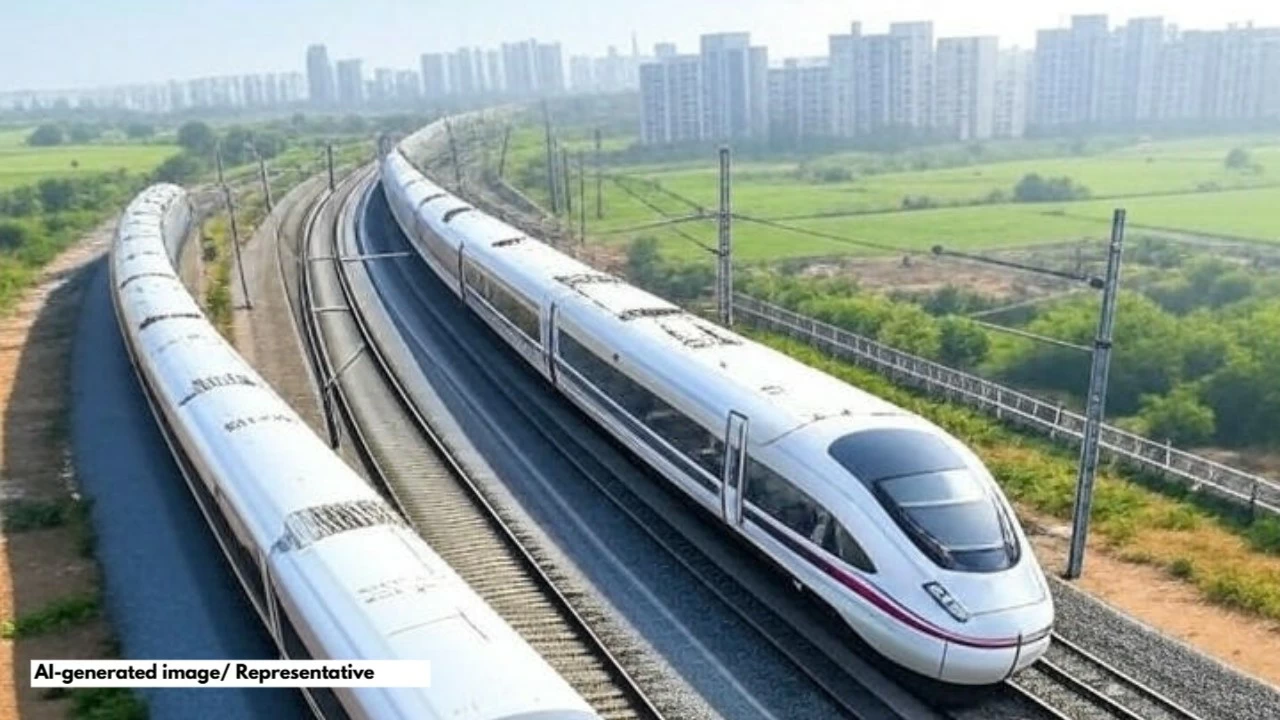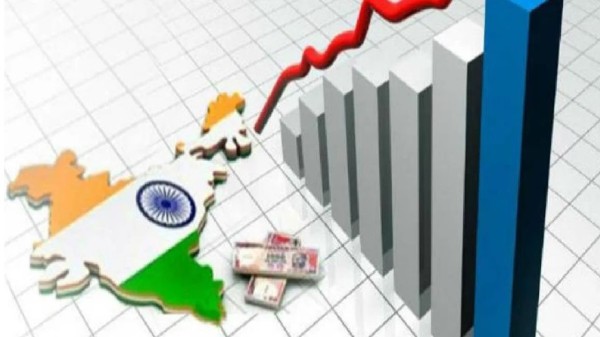

By signing in or creating an account, you agree with Associated Broadcasting Company's Terms & Conditions and Privacy Policy.


By signing in or creating an account, you agree with Associated Broadcasting Company's Terms & Conditions and Privacy Policy.

New Delhi: India's economy is demonstrating robust momentum, with forecasts suggesting a significant acceleration to 7.3 per cent growth in the second quarter of the fiscal year (July-September).
This optimistic outlook, according to the Economic Times report, is largely attributed to a resilient rural economy, increased government expenditure, and a strategic uptick in early export shipments. The official figures from the National Statistical Office are slated for release on November 28, with the Reserve Bank of India projecting 7 per cent growth for the quarter.
This projected growth follows a strong April-June period, which saw the Gross Domestic Product (GDP) expand by 7.8 per cent, the fastest pace in five quarters. The current quarter's performance is expected to build on this momentum, significantly outpacing the 5.6 per cent growth recorded in the September quarter of the previous year.
"A sustained recovery in economic momentum emerged in the second quarter, driven by agriculture, manufacturing, and construction, as evidenced by high-frequency data," Rajani Sinha, Chief Economist at CareEdge Ratings, was quoted as saying by Economic Times.
Economists like Yuvika Singhal of QuantEco Research highlight that this buoyancy is underpinned by firming consumption in both rural and urban areas, Economic Times reported. This has been facilitated by moderating inflation, rising rural wages, favourable agricultural prospects, income tax relief, and the lingering positive effects of earlier monetary easing. Singhal further noted that this positive trend persisted despite challenges such as excessive rainfall, increased US tariffs, and a temporary deferral of demand in anticipation of Goods and Services Tax (GST) rate cuts in September.
The recent simplification of the GST structure to a two-rate system (5 per cent and 18 per cent), effective September 22, has also played a role, lowering taxes on numerous household goods and durables. Economists believe that pre-festive inventory build-ups, coupled with this GST rationalization, further stimulated economic activity.
The industrial sector also showed marked improvement. The Index of Industrial Production (IIP) averaged a 4.1 per cent rise in the September quarter, a notable increase from 2.7 per cent a year earlier. Manufacturing output specifically expanded by 4.9 per cent, up from 3.3 per cent in the corresponding period last year.
Government capital expenditure saw a significant climb of 31 per cent in the September quarter. While slower than the preceding quarter's impressive 52 per cent jump, it remains considerably stronger than the 10 per cent growth observed a year ago. Merchandise exports also reversed a downward trend, rising by 8.8 per cent after a 7 per cent drop in the previous year, largely due to front-loaded shipments made ahead of anticipated US tariffs.
However, Indian exports continue to face headwinds from a substantial 50 per cent tariff imposed by the US, which includes a 25 per cent penalty on Russian oil imports. "Sealing a trade deal with the US in the near future could bring elevated tariffs closer to those across the rest of Asia and provide some relief to the exports sector," commented Aurodeep Nandi, India Economist at Nomura.
Looking ahead to the fiscal year 2025-26, economists forecast a median GDP growth of 6.9 per cent, with estimates ranging from 6.3 per cent to 7.4 per cent. The RBI projects growth at 6.8 per cent. While elevated US tariffs remain a key risk factor, analysts are optimistic that robust domestic demand, fueled by consumption and government investment, will effectively counterbalance these external challenges.












